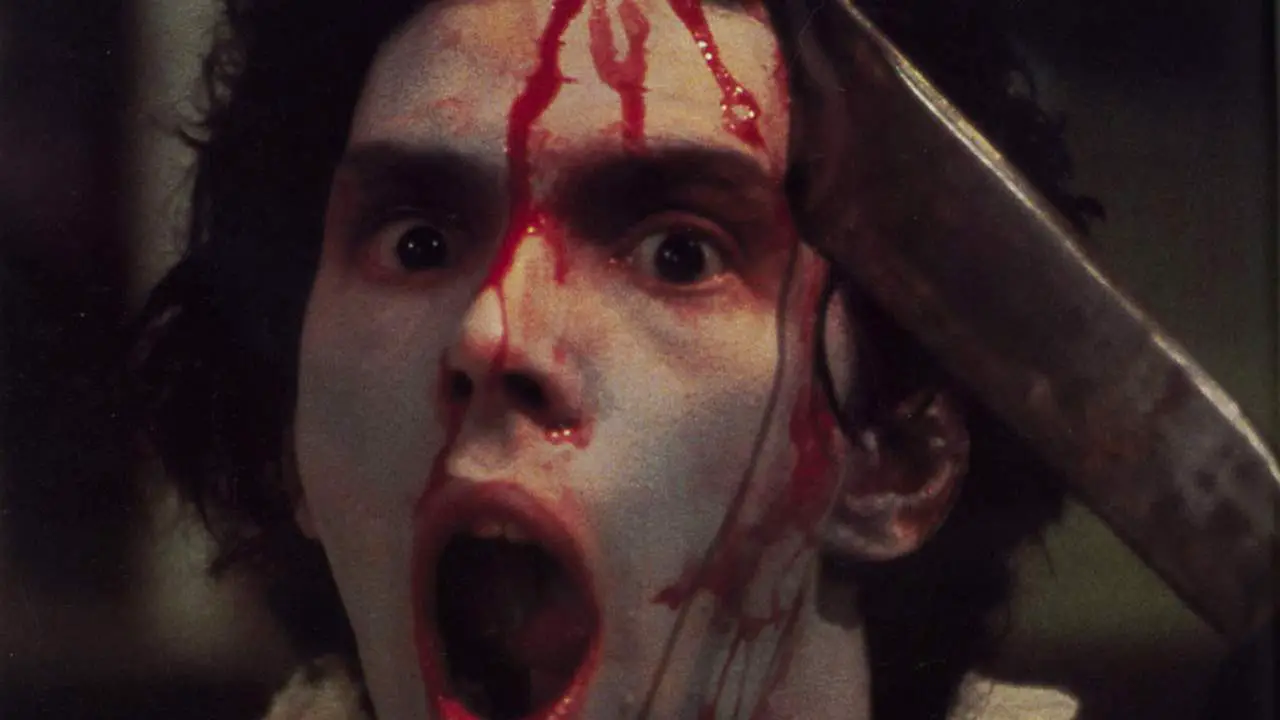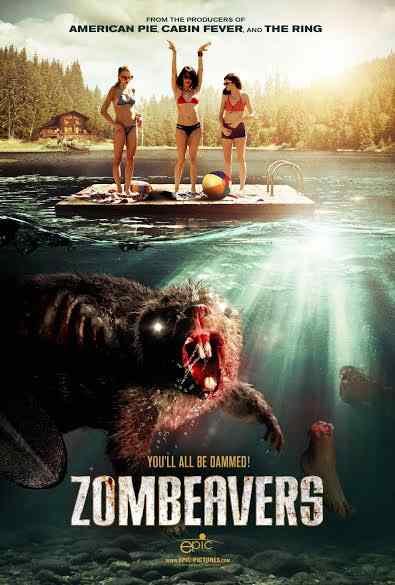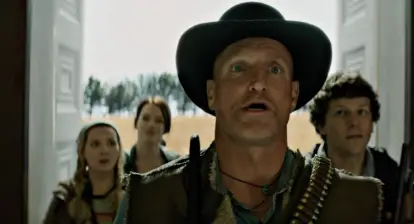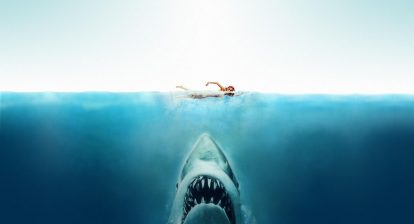George A. Romero’s Night of the Living Dead was an absolutely revolutionary horror picture. It was made for no money but you wouldn’t know that by looking at it. And people latched onto it in a big way. It told a straightforward story about a group of strangers trapped in a farmhouse and fighting off legions of undead creatures looking to eat human flesh. At the same time, it dealt with pretty big controversial subjects of the time like classism and racism. It was quite possibly the most important horror film of the 1960’s and it changed everything. Romero didn’t want to follow the movie up right away. He made films like The Crazies, Knightriders and Martin, all great features that showcase his talents as a director in the ten year gap between his first two Dead features. This was a great decision on his part. Dawn of the Dead wouldn’t have worked nearly as well if it had followed Night of the Living Dead right away, the same way that Day of the Dead wouldn’t have worked had it followed immediately on the heels of Dawn of the Dead.
Romero made his films years apart so that they could comment on different things. The state of the country, as well as the state of horror, was completely different ten years after Night was released. The fears that that movie addressed weren’t overwhelming anymore, plus he had already dealt with them. With Dawn of the Dead he made something for the end of the ’70’s that would address a completely new set of problems.

Naturally they have their reasons in-story for going to the mall. But when looking at it metaphorically, it makes even more sense. It’s where people go in a time of crisis. Even well over thirty years later, it’s a place people flock to when they need to get their minds off things. In Dawn of the Dead, however, it’s not the people who are flocking to the mall. It’s the zombies. The living dead in this movie are a collective, mindless horde.
They go to the mall because some part of them remembers that they have a need, a compulsion to be there. They don’t remember why. But a large part of the reason for that is that there is no why to begin with. It is important to note that the part of the brain that makes them need to shop at malls is the only part of the brain that is still active in these zombies. They have no capacity for rational thought or empathy. They only have a need to consume.
 Dawn of the Dead is a much more straightforward satire than Night of the Living Dead was or even than Day of the Dead would be. It’s not interested in subtlety. Romero knows exactly the point he wants to make and he goes about making it with competency and ease. Dawn of the Dead is the perfect horror movie to watch during the holiday season, because you can witness (or partake) in Black Friday shopping and it’s just like watching Dawn of the Dead play out live.
Dawn of the Dead is a much more straightforward satire than Night of the Living Dead was or even than Day of the Dead would be. It’s not interested in subtlety. Romero knows exactly the point he wants to make and he goes about making it with competency and ease. Dawn of the Dead is the perfect horror movie to watch during the holiday season, because you can witness (or partake) in Black Friday shopping and it’s just like watching Dawn of the Dead play out live.
Or, if you live in the Northeast, it’s like watching Dawn of the Dead on ice. People have this undeniable need to consume. Perhaps it’s always been there, but in the mid-1970’s it exploded. Shopping malls began popping up all over the country, dominating teenage culture in the ’80s and ’90s. When Dawn was released, this phenomenon was still new. That was the perfect time to examine it, to study it under a microscope, which is exactly what this movie does.
 The film even goes out of its way to cement this notion when the zombies are being discussed on TV. It happens mostly in the background, but the two men arguing on television reveal that the zombies don’t need to eat flesh. There’s no reason for the zombies to have an overbearing urge to eat people. They’re dead, they don’t need any sustenance and they can’t even digest food. Yet they will stop at nothing to find flesh wherever they can. There’s no reason for them to be so driven, but that doesn’t change the fact that they are.
The film even goes out of its way to cement this notion when the zombies are being discussed on TV. It happens mostly in the background, but the two men arguing on television reveal that the zombies don’t need to eat flesh. There’s no reason for the zombies to have an overbearing urge to eat people. They’re dead, they don’t need any sustenance and they can’t even digest food. Yet they will stop at nothing to find flesh wherever they can. There’s no reason for them to be so driven, but that doesn’t change the fact that they are.
People still represent a threat, though, even with the mindless hordes of zombies dying to go to the mall. Our group of survivors adapt to life in the shopping center very quickly. They’re overtaken by all the things inside, everything that could make their lives so much easier, particularly with the way the world has become. In the mall, they can live out the apocalypse in luxury. Naturally, that means whatever survivors are left might also want in as well. These marauders come in, setting off the bloody climax at the end. They loot, they destroy, and they tear down everything the core group has worked to create.
 Romero’s zombie films, particularly the original trilogy, work so well because they examine society under a microscope. A group of people in isolation form their own society, that’s how civilizations are created. It always starts out great and inevitably goes to Hell. Romero uses zombies to point out the shortcomings in the way people communicate with each other. With consumerism and mall culture, it’s the inability to share that becomes the ultimate downfall. That’s the mentality behind something like Black Friday: “I have to have that so I can be the one who has that.”
Romero’s zombie films, particularly the original trilogy, work so well because they examine society under a microscope. A group of people in isolation form their own society, that’s how civilizations are created. It always starts out great and inevitably goes to Hell. Romero uses zombies to point out the shortcomings in the way people communicate with each other. With consumerism and mall culture, it’s the inability to share that becomes the ultimate downfall. That’s the mentality behind something like Black Friday: “I have to have that so I can be the one who has that.”
While it was written to a specific period, Dawn of the Dead is almost as relevant now as it was when it was first released. It’s a cautionary tale of consumer culture, a razor-sharp satire and a darkly humorous glimpse at the inner workings of human society. Much like Night of the Living Dead, it has a downbeat ending. Things don’t work out for everybody. But that’s part of the importance of horror. It points out the things that don’t always work.






